|
Approximately 40 people attended the Oyez!Books group book launch held on 27th January at our favourite bookstore, Silverfish, on the second floor of Bangsar Vilage II. The press was supportive and we welcomed reporters and cameramen from Berita Harian and The Star. Oyez!Books Chairman, Mr Peter Duke introduced the new books for January 2016:
Three of the books were in preview format, meaning they have not gone into mass production. We will be having more preview sessions in the future where we will invite the press and our buyers. The preview sessions will help us obtain feedback from the audience and to decide on the print run. "In a rapidly developing market, such as children’s books in Malaysia, Oyez books cannot stand still. We have to keep pushing the boundaries," said Mr Duke. We thank and congratulate our authors for their wonderful work and encourage them to keep on excelling and to aim for world class work. Oyez!Books will continue to support them and aims to bring their books to the international stage.
1 Comment
Chap Goh Meh, a transcription of the Chinese Hokkien dialect into English, means the fifteenth night. It refers to the fifteenth night that marks the last day of the Chinese New Year. This story begins with Nisa inviting Lili to a meal of Lontong Cap Goh Meh during Lebaran or Hari Raya Idul Fitri. She explains what comprises the Lontong Cap Goh Meh which is a set of meal with dishes such as chicken, vegetables, sambal and the lontong (compressed rice) of course. Nisa then goes on to talk about what they do during Lebaran including visiting relatives and that she gets money gifts too - 'Banyak sekali, bunyinya gemerencing!' Nisa adds that they eat Lontong Cap Goh Meh during lebaran and it is her special task to send the food to their neighbours. All this time, Lili is trying to interrupt Nisa. You can see in some of the illustrations, Lili's head showing at different places. Finally she gets a chance to talk. The Lontong Cap Goh Meh, she says, is a special food during Imlek or Chinese New Year. During Chinese New Year, there are dragon dances, the lantern festival and they get given money packets too. (This is somewhat different from what we do here in Malaysia). The astonished Nisa says, 'But the lontong Cap Goh Meh is a special food during lebaran!" "And for Imlek too," retorts Lili. Finally, the two children wisely concluded, "Lebaran or Imlek, clearly, our favourite food is the same!" The last page of the book provides an explanation of the origin of the lontong Cap Goh Meh which has been adapted by the Chinese in Indonesia. This book is such a delight, the text (fortunately, I can read some Indonesian) goes hand-in-hand with the illustrations so well, we cannot imagine one without the other. We can hear the two girls chattering away and making comparisons as children tend to do. And the conclusion they reached, which is not an either or, black and white view, looks at accepting differences while enjoying sameness. 'Cap Goh Mei' was shortlisted for the Singtel Asian Picture Book Award 2013. The author, Sophie Dewayani is an award-winning writer and researcher in the field of children's literature and literacy. Illustrator Eugenia Gina has illustrated about 30 children's books. In 2012, she represented Indonesia in a SEAMEO (the Southeast Asian Ministers of Education Organisation) children's folktales illustration project in Southeast Asian Countries and Korea. This book is published by Litara Foundation Softcover, 36pages, 24 x 21.5cm
Little Barong wants to follow Big Barong to his performance. But Big Barong says he doesn't need any help from Little Barong. After all, he is mightier, fiercer, stronger and smarter than Little Barong. In the meantime, while following Big Barong, Little Barong is distracted by the peacock feathers that fall off Big Barong's costume. He picks them up and starts to dance. He gains an appreciative audience who cheer him, much to Big Barong's disconcertment. Finally, they become friends and perform a grand performance! At the end of the book is a page of factual information about Barong performances. There isn't much text in this book but the illustrations tell the story effectively. It introduces a traditional cultural performance in a way that children can enjoy without going into too much details. With the help of the facts page, parents and teachers can give children more background on the Barong. Ary Nilandari is a published author of children's books, young adult as well as adult novels. She is also a trainer and conducts writing classes. Dewi Tri K believes that knowledge and research with passion make great illustrations. Her illustrations for Pertunjukan Besar Barongan Kecil was shortlisted for the Nami Concours 2015 and she won the Scholastic Asian Picture Book Award, 2015 for her book, Pandu, the Ogoh-Ogoh Maker. This book is published by Litara Foundation Softcover, 28 pages, 24 x 21.5cm
Misteri di Pasar Terapung by Eva Y. Nukman (writer) and Ella Elviana (illustrator) was the Grand Prize Winner of the Samsung Kids Time Award 2015. The story Mawi gets a chance to have his own boat at the floating market. The writer tells us that adults trade using money but in the past, they used to carry out barter trade. And that is what Mawi is doing. He goes to a boat and takes what he wants and replaces it with his bananas. A woman cries out, something is missing from her boat. She accuses Mawi but Mawi is innocent. Mawi tries to spot the thief and then he sees what happens. The boat belongs to Pak Badu. Pak Badu explains that he found the two young orangutans with their mother who was caught in a trap. He couldn't save the mother so he brought the two young orangutans home. He didn't know what else to do with them. But Mawi knows. Mawi and Pak Badu take the two orangutans to an orangutan sanctuary where they will be taken care of until they are old enough to be released back into the jungle. The last two pages of the book contain factual information about the floating market in Kalimantan and about orangutans. The illustrations and text work very well together in this book. Even though there isn't a lot of text, we feel right there in the hustle and bustle of the floating market. In addition, the harm to wild animals caused by human action is told effectively in a few words with poignant illustrations. Eva Nukman is a published writer of children's picture books, young adult novels, comics and short stories. Ella Elviana specialises in illustrating children's books and her published books include pictorial books and novels. This book is published by Litara Foundation. Book information: Softcover, 36 pages, 24 x 21.5cm
In addition, the illustrations by Denny A. Djoenaid, are so alive that the animals seem to jump out of the pages. The illustrator used artistic licence and added many different types of animals including a kangaroo and a zebra. An award-winning illustrator, Denny is also an animator for films. Here's the story: The animals in the jungle were in terror because there was a fierce tiger who was hunting them for food. In despair, they asked Kancil to save them. Using his wits, Kancil went to see the tiger and told him there was another fierce tiger in the jungle who also wanted to eat the other animals. Tiger was so furious he asked to be taken to see the other tiger. Kancil took tiger to a deep well and seeing his reflection, tiger jumped in to attack what he thought was the other tiger. And that was how Kancil saved the animals in the jungle. Here are some illustrations from the book: This book is published by Grasindo, PT Gramedia Widiasarana Indonesia.
Remember, as part of our Around the World in Picture Books project, this book will be added to the lucky draw for our online customers in the month of January. You could be the lucky winner! Related stories: INDONESIA: Misteri di Pasar Terapung (Mystery at the Floating Market) |
Archives
March 2022
Categories
All
|

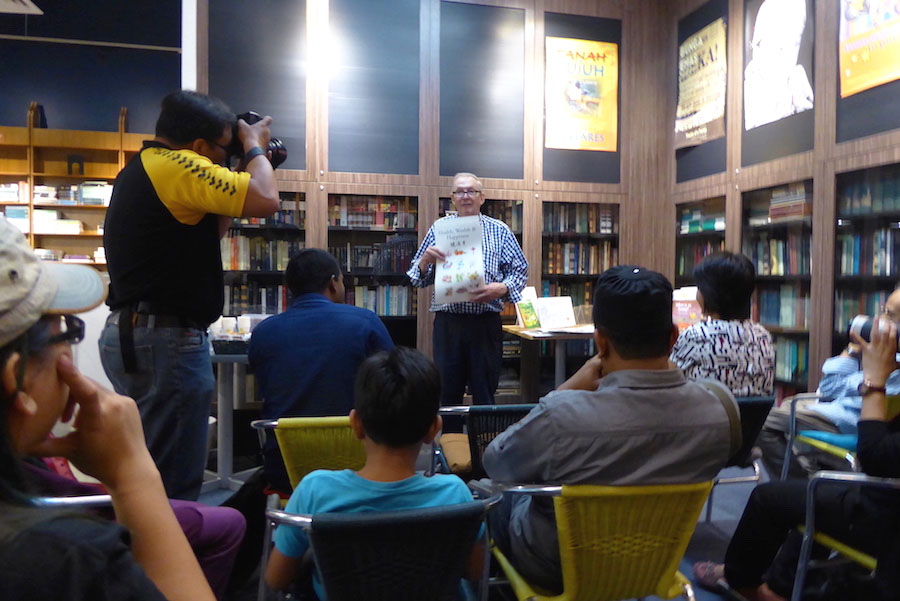
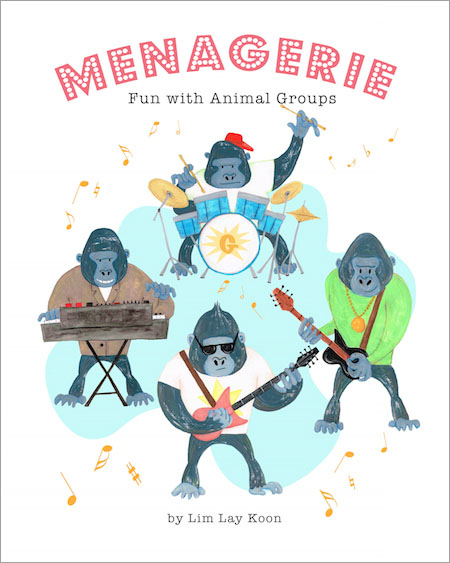





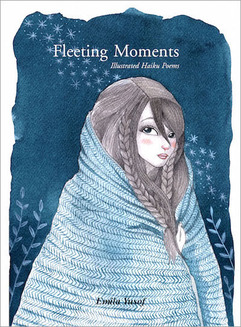

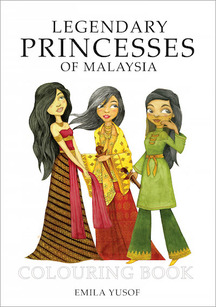



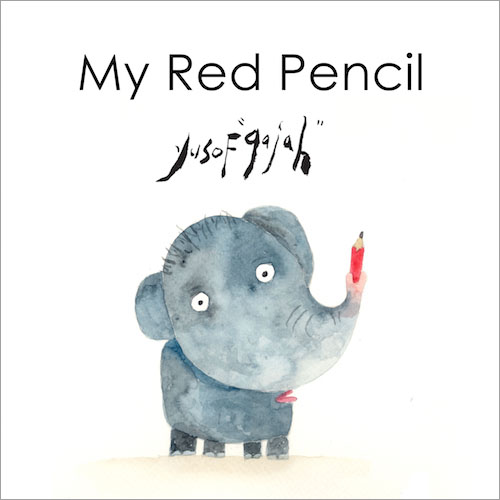















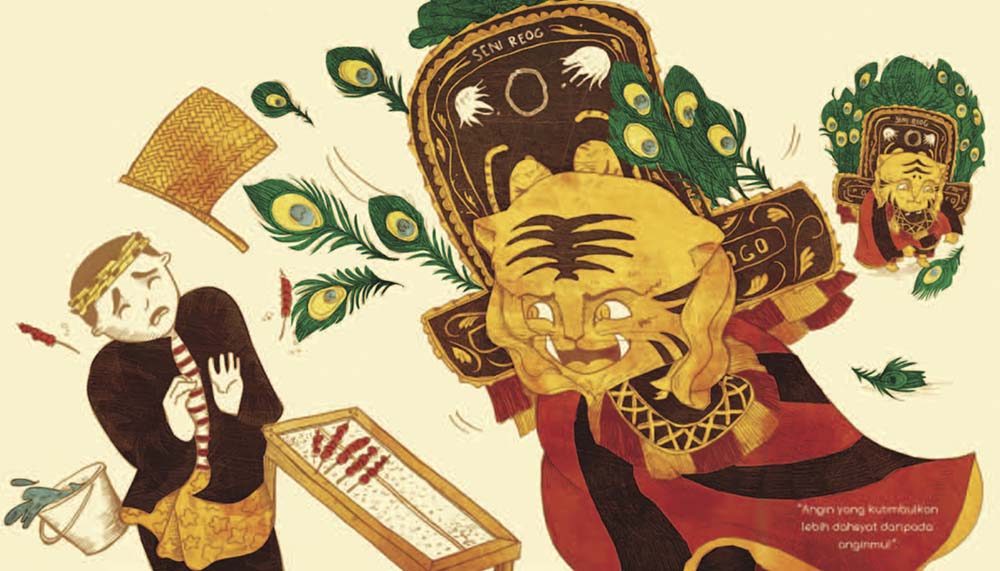

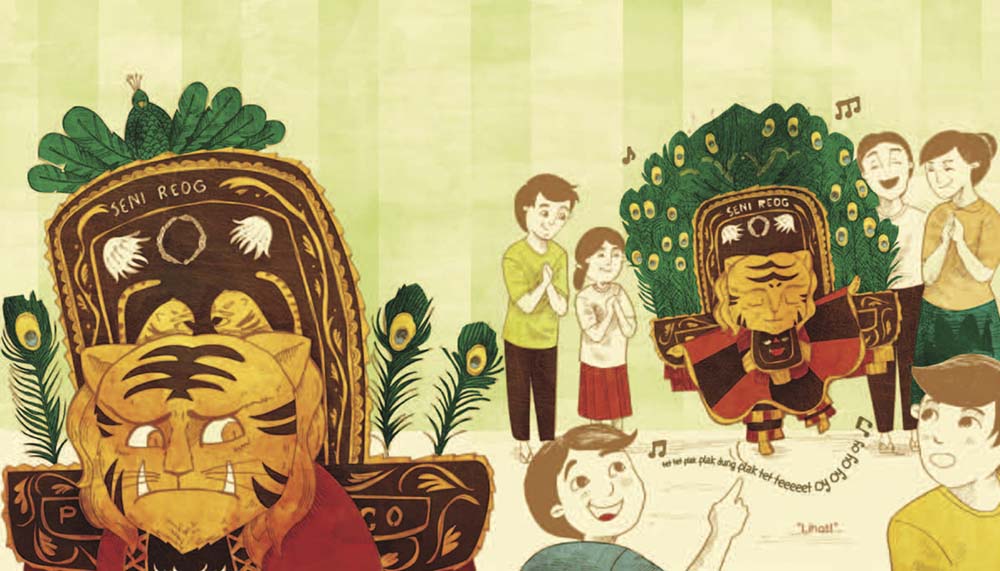




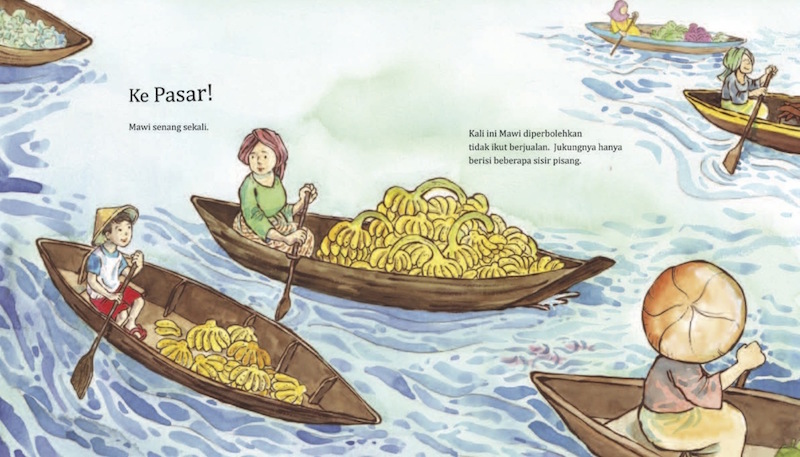








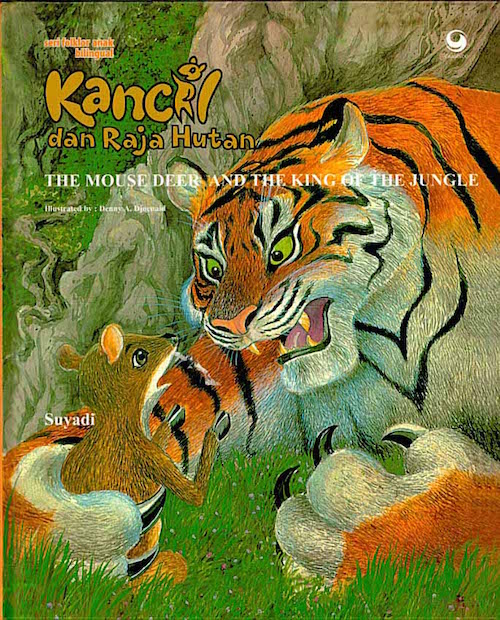
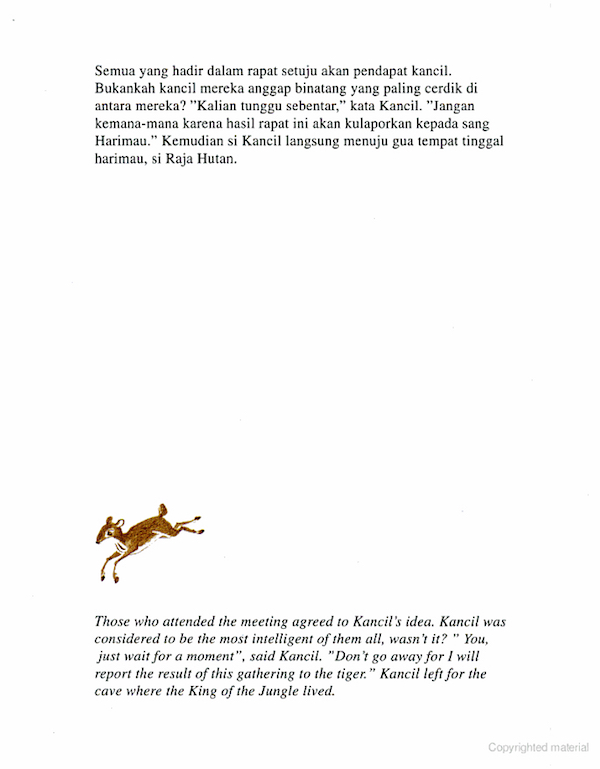




 RSS Feed
RSS Feed
